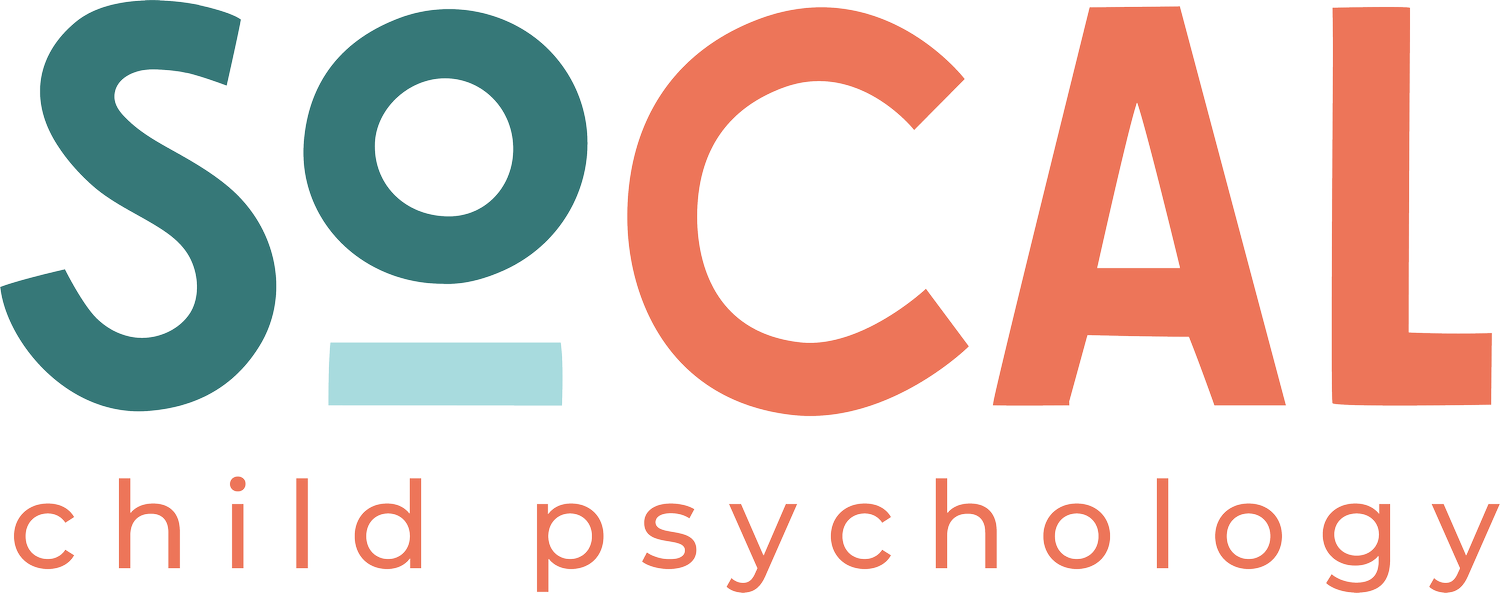How Teachers Can Support ADHD Students
ADHD is one of the most common challenges that children in school display.
Many teachers may find it challenging to support students with ADHD because they may not have been given strategies to support these students and are left to learn on their own.
This blog post will help teachers understand what ADHD is and how you can support students with ADHD in the classroom.
What is ADHD?
Attention-Deficit/Hyperactivity Disorder (ADHD) is a neurodevelopmental disorder that has three different presentations:
inattentive,
hyperactive/impulsive,
combined (both inattentive and hyperactive/impulsive)
Although ADHD is characterized by difficulties with attention, it also includes many difficulties with executive functioning skills.
Executive functioning skills are considered a set of mental processes that help individuals plan, organize, prioritize, and execute tasks. Because children with ADHD struggle with these skills, they may have difficulty:
organizing their school supplies,
initiating difficult tasks (e.g., assignments),
prioritizing homework tasks, and
keeping track of their assignments.
These skills can also show up as emotion dysregulation as awareness around emotions is considered one executive functioning skill.
Some children with ADHD may have more noticeable behaviors in the classroom because of their hyperactivity and impulsivity. Children with hyperactivity may appear disruptive because they have trouble stopping themselves from doing things that may get them in trouble (e.g., talking in class).
For some children, girls in particular, they’re more likely to present as inattentive. Because of this, they may look like they are daydreaming, not focusing, and are zoning out.
Although this may not have as much of an effect on other students in the classroom, it can significantly affect children’s learning abilities.
Strategies for Supporting Children with ADHD
Children with ADHD spend most of their time at school, and it’s important to know that school supports are an effective intervention for children with ADHD.
Behavioral supports in particular can be very helpful for children with ADHD. Because there are so many strategies that can be utilized for children with ADHD, the following are some of my favorites that teachers can implement in their classroom.
Implementing positive praise.
Praise is one of the most helpful strategies for getting children with ADHD to engage in more positive behaviors. Praise is most helpful when it is used frequently and is specific to challenges a child with ADHD is having.
For example, a child with ADHD that struggles with starting classwork may benefit from praise such as “Great job staying on task.”
Rewards and incentives.
Many teachers have classroom management systems that incorporate positive reinforcement through rewards, tickets, or stars. The most effective reward systems are those that are specific to what a child needs to do to earn the reward.
For example, targets for having a good day or being respectful are too vague for a child to understand what they need to do to earn the reward.
Instead, focus on behaviors such as starts work the first time with one reminder, stays in seat during class period, and doesn’t talk back to the teacher.
When rewarding these behaviors, focus on immediate and frequent rewards, and remember that even praise is considered a reward.
Using minor redirection for off-task behavior.
When children with ADHD are off-task, it’s often most helpful to attempt to redirect them or ignore minor off-task behavior. Calling attention to off-task behavior can at times result in increasing behavior.
Because of this, it’s much better to use minor redirection (e.g., tapping on students desk to remind them to follow along) rather than significant consequences or attention.
Resources for Teachers Helping ADHD Students
Aside from the skills mentioned previously, there are some great programs and books that often help teachers with learning the most effective way to support children with ADHD.
Unstuck and On Target. This is a free training for teachers that helps you with implementing skills that can support children’s executive functioning at school. It also has a parent component that you can share with the parents in your classroom.
Back to School Resources from CHADD. These free resources by CHADD are helpful for understanding ways that you can support children with ADHD at school.
Understood.org Understood is one of my favorite resources for parents and teachers with how to support students. They have free articles and resources that can help in the classroom.



